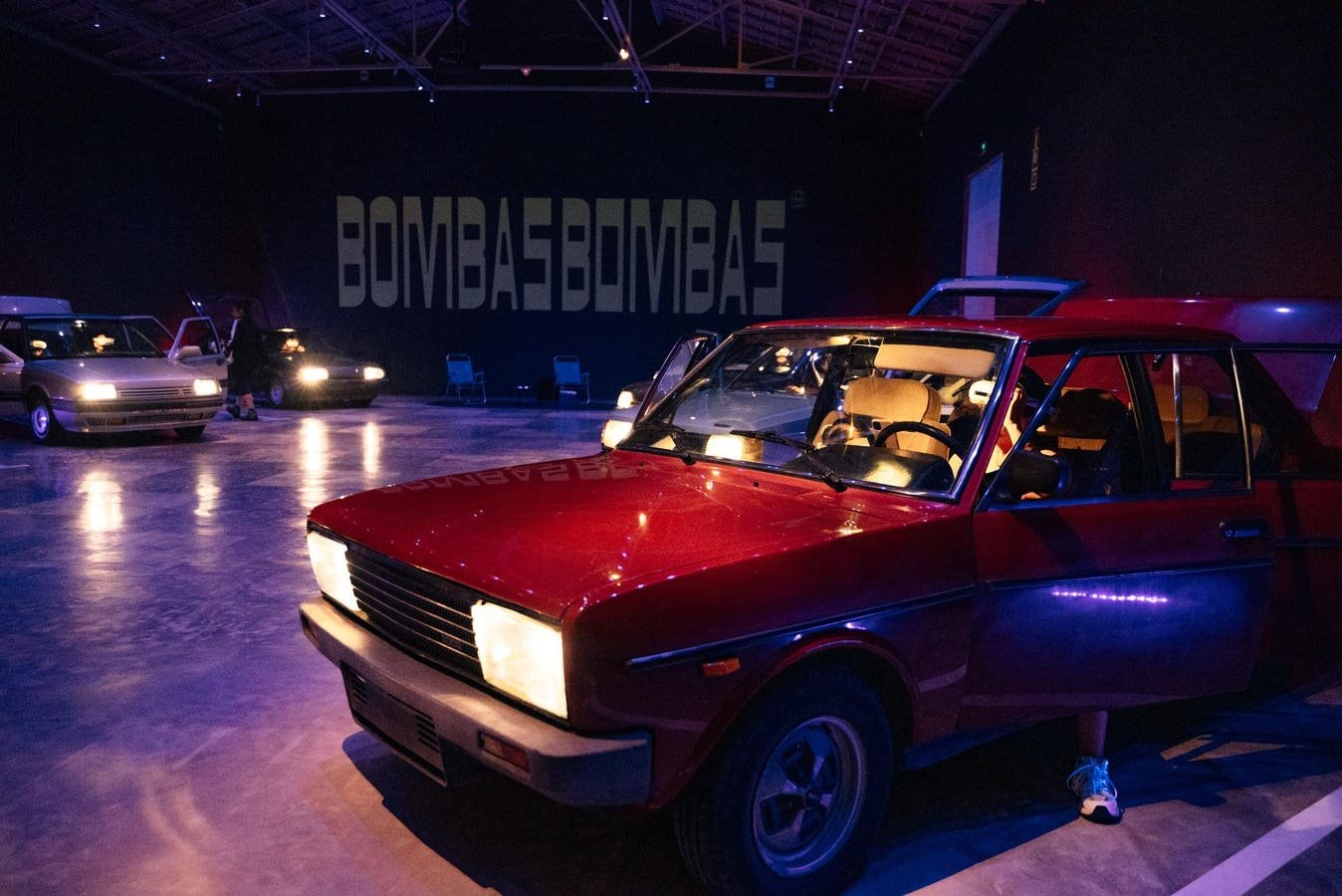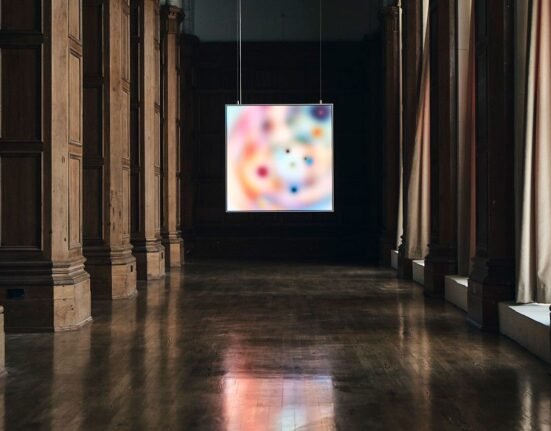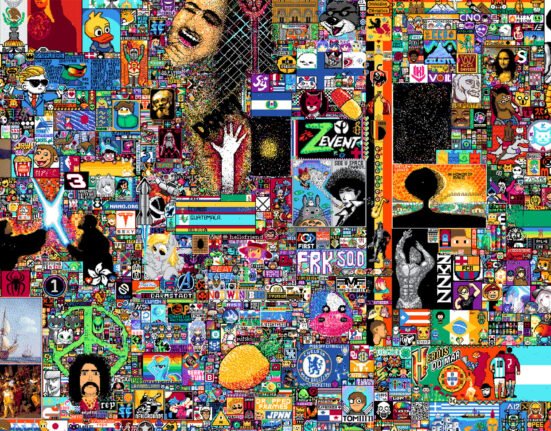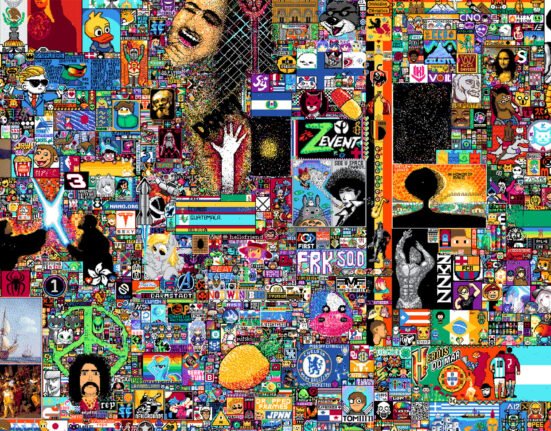“La Ruta del Bakalao” translates to “The Cod Route” or “The Bacalao Route” in English. It refers to the massive, influential dance music and clubbing phenomenon that took place in Valencia, Spain, during the 1980s and early 1990s
Bombas Gens
Stepping Into An Incredible Valencia Movement
This October, Valencia is giving one of its wildest cultural exports the attention it deserves. Bombas Gens Centre d’Arts Digitals is opening LA RUTA: Modern Times, Culture & Disorder — ten rooms, over 2,000 m², immersive VR experiences, laser-mapped light shows, original artifacts, and a soundtrack that thunders through the body.
It’s more than an exhibition. It’s a portal into the chaos, freedom, and sound that made Valencia unforgettable in the 1980s and 1990s. The show marks the center’s first in-house production since relaunching as Centre d’Arts Digitals in March 2024. In just two exhibitions since then, nearly 300,000 visitors have already crossed its doors. This latest project is led by curator Artur Duart and a multidisciplinary Valencian team with deep ties to the Ruta, brought to life with the creative team at Layers of Reality. It isn’t nostalgia. It’s a way to feel what it was like to drive that coastline after Franco, night after night, chasing rhythm and liberation.
“La Ruta Bakalao,” or La Ruta del Bakalao, was not a traditional road trip but a legendary and influential clubbing phenomenon in Valencia, Spain, during the 1980s and early 1990s.
Bombas Gens Centre d’Arts Digitals
As Artur Duart, curator of the exhibition and director of Bombas Gens Centre d’Arts Digitals, tells me: “With La Ruta we wanted to go beyond the hedonistic perspective with which this phenomenon is often associated. The exhibition highlights its extraordinary musical, cultural and social value: a movement that put Valencia on the international map and transformed the way an entire generation understood creation, leisure and community.”
The Post-Franco Valencia Road Trip
To understand it, you have to get behind the wheel. Drive south from central Valencia along the Carretera de El Saler. Today, it feels serene — rice paddies on both sides, horse-drawn carts still passing, tourists pedaling bikes along the flat stretches. But in the 1980s, this road was the spine of one of Europe’s wildest party circuits.
LA RUTA was a symbol of freedom and creativity in post-Franco Spain, fostering a unique blend of music, fashion, and visual art.
Bombas Gens Centre d’Arts Digitals
Following La Ruta del Bakalao was a ritual. A proper road trip stretched across 20 kilometers of coastline, linking six to eight major clubs. Each had its own sound and soul. Cars crammed with friends, motorcycles darting through fields, trunks filled with bottles, speakers blasting beats. Between stops, the parking lots became stages — parquineo — pre-parties that lasted three, four, sometimes five hours before anyone even stepped inside. Moving between venues was part of the art. The road itself became choreography.
Liberation In Motion Here In Valencia
After four decades of dictatorship, La Ruta was a declaration of independence. Valencia’s youth claimed freedom with every track spun, every stop along the coast. Unlike much of Spain at the time, La Ruta was open — punks, new romantics, psychobillies, mods, skinheads, LGBTQ+ clubgoers — all found space here. The inclusivity was radical. What mattered was the music, the stamina, the willingness to stay in motion.
By its peak in the late 1980s and early 1990s, the Ruta pulled in 25,000 people every weekend. Clubs like Barraca, Chocolate, Spook, Puzzle, ACTV, and NOD packed thousands inside. Some nights it felt like the city had emptied itself onto that single coastal strip. Travelers drove from Madrid, Zaragoza, or even Barcelona — sometimes over 100 kilometers round trip — just to join the current.
The Birth Of A Sound In Valencia
The Ruta began around 1981, only a few years into Spain’s democracy. While Madrid and Barcelona were still settling into their new identities, Valencia was busy spinning records that no one else dared touch — industrial imports from Germany, new wave from the UK, avant-garde beats from Belgium. The DJ booths became laboratories.
Every club developed its own voice. Barraca leaned heavy and industrial. Chocolate cultivated a darker, theatrical edge. Spook favored new wave and gothic energy. ACTV, built inside an old cinema, turned its vast stage into an experimental playground. DJs like Fran Lenaers, Toni “El Gitano” Vidal, Carlos Simó, and José Conca built sets that weren’t just playlists but journeys. They were architects of atmosphere. Nights unraveled into miniature universes.
By the late 1980s, the music was mutating into something harder, faster, and uniquely Valencian — bakalao. Eurodance, synth-pop, electronic body music — relentless and ecstatic. Local acts like Chimo Bayo, Megabeat, and Interfront gave the sound anthems. Bayo’s “Así me gusta a mí” became a national hit and an international cult track, its pounding rhythm carrying the irreverent cry of a city stretching into modernity. Qué buen bacalao became slang for discovery and exhilaration.
Yes there where fans, and merch, and all kinds of amazing stubs, everything creative…
Bombas Gens
A Valencia Marathon Of Music
Unlike other scenes, La Ruta wasn’t confined to a single club. It was built on movement. Friday bled into Saturday, which blurred into Sunday, a continuous chain of 48 or even 72 hours. Partygoers drove in caravans, switched cars mid-journey, or crashed in fields before pressing on to the next stop. The road was as important as the dance floor.
The physicality shaped the art. The act of traveling between clubs — headlights weaving down El Saler, engines revving, stereos thumping — became part of the performance. Every parking lot was a stage. Every field a backstage. The circuit itself was the festival.
An Economy Of Rebellion In Valencia
For all its hedonism, La Ruta had an economy. Clubs employed bartenders, DJs, promoters, designers, and security. Independent labels sprang up, exporting Valencia’s sound across Europe. Megabeat tracks charted in Germany and Belgium. Interfront releases moved in Austria and the Netherlands. Hotels and restaurants thrived on the influx. At its peak, the scene drew 50,000 visitors a month to Valencia. An entire cultural economy was being powered by bass lines and rebellion.
The Crackdown In Valencia
By the late 1990s, the golden era dimmed. Media outlets branded the Ruta dangerous, decadent, out of control. Authorities clamped down on reckless driving, parking-lot parties, and marathon weekends. Roadblocks, breathalyzers, and new laws turned freedom into caution. Many of the clubs closed. Some were bulldozed.
But the spirit didn’t vanish. Nostalgia-fueled “Remember” parties still pack venues with aging ravers. Facebook groups like Bakalao Project host monthly events, keeping the sound alive. In 2022, the Spanish television series La Ruta aired, bringing the story to a new generation. Exhibitions like Bombas Gens’ immersive show secure its place not just in memory but in history.
“La Ruta Bakalao” (also known as Ruta Destroy) was a Spanish nightclub and countercultural movement in the Valencian Community that featured drag queen performances, with artists like Faraona performing in venues like Barraca.
Bombas Gens
A Movement Impossible Today
Drive the Ruta now and the silence feels surreal. The coastline is unchanged — the same paddies, the same sea breeze — but the pulse is gone. Clubs like Barraca still exist, but the marathon is over. Youth culture has shifted. Today, connection happens online, at curated festivals, or in single-venue marathons. The sheer audacity of La Ruta — thousands of people weaving between clubs through an entire weekend — could never survive in today’s climate of surveillance and safety.
And yet, Valencia refuses to let it fade. Bombas Gens’ exhibition doesn’t attempt to recreate the weekend. Instead, it captures the energy — VR rooms that flood you with light and sound, artifacts that anchor you in the moment, music that still feels urgent. It lets you walk the pulse of the Ruta. It doesn’t put you back behind the wheel, but it hands you the keys to understand why this mattered, why it changed Valencia, and why it still beats in memory.
Why Valencia and La Ruta Still Matters
La Ruta was never just nightlife. It was Valencia claiming modernity, Spain shrugging off repression, a generation defining freedom through rhythm. It turned a road into a canvas and music into liberation. It was rebellion, community, and discovery compressed into basslines that lasted days.
“We sought to develop an exhibition narrative that is playful yet coherent from both a historical and documentary perspective—accessible and enriching for audiences with no prior knowledge, as well as for those who were part of La Ruta,” adds Artur. “At the same time, we have incorporated the vision of different creatives and professionals to offer an immersive and contemporary reinterpretation. So here we foster discovery. Every visitor will find their own route: from those who lived through that era, to those who today are discovering for the first time the cultural echoes of a movement that left its mark on an entire society.”
Standing in Bombas Gens today, watching lasers ripple across walls, hearing Chimo Bayo shout through the speakers, you can totally feel it in your body. The sweat, the speed, the hunger for sound. For a moment, the Valencia coastline is alive. For a moment, you’re part of a movement that refused limits.







